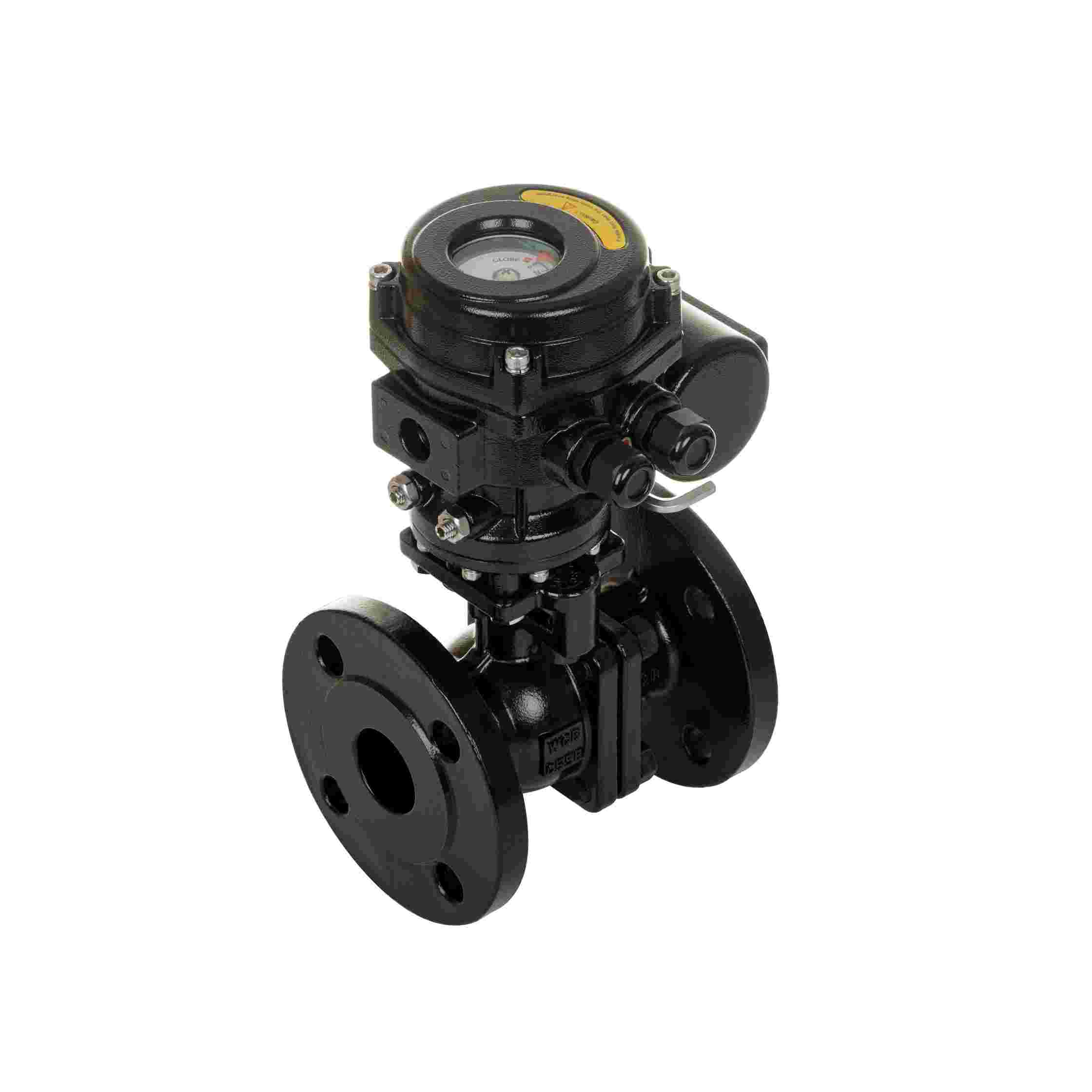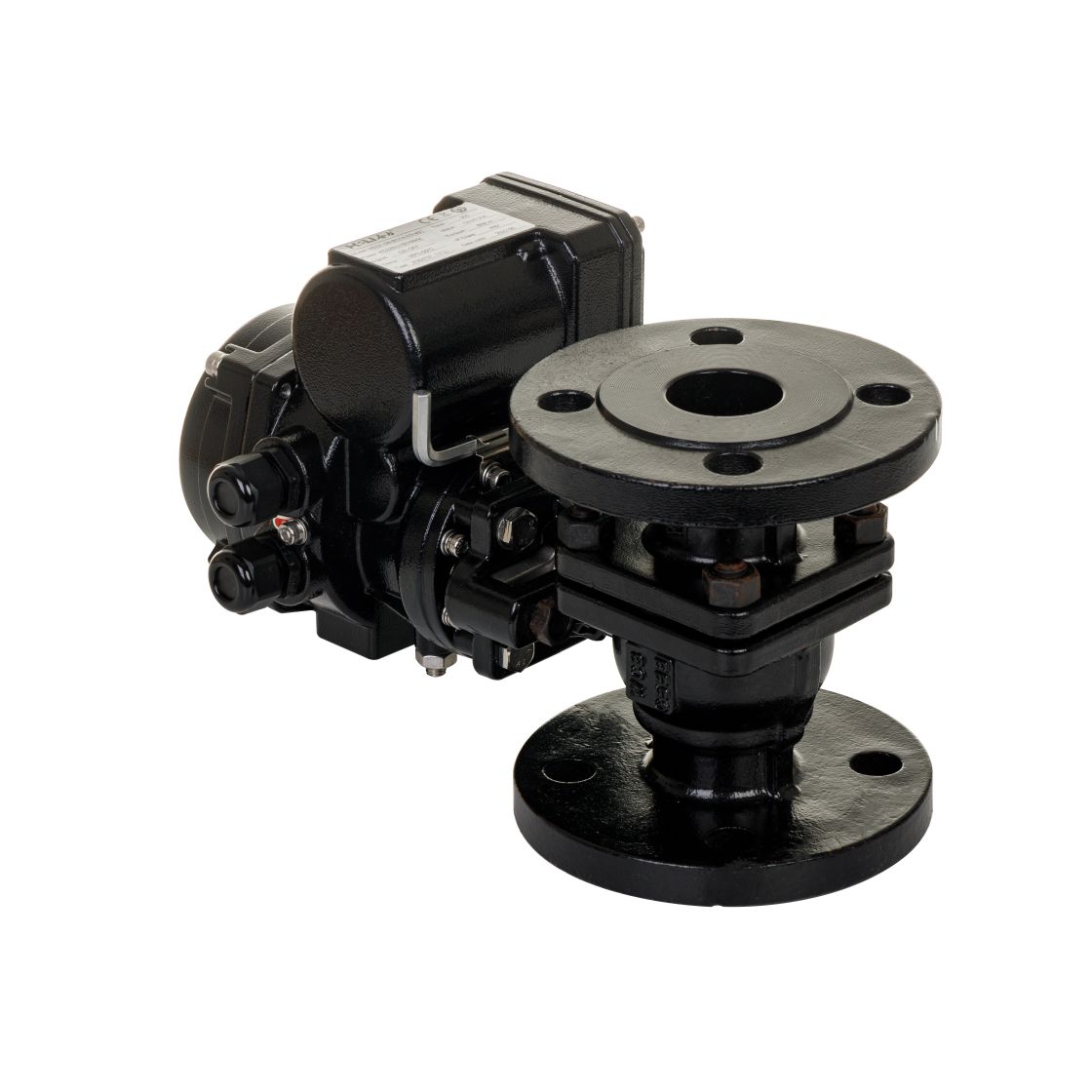
As the world moves toward a cleaner, more sustainable energy future, hydrogen is emerging as one of the most promising alternatives to fossil fuels. The hydrogen energy sector is growing rapidly, driven by its potential to decarbonize industries and provide energy for a wide range of applications. A critical component in the transportation and utilization of hydrogen gas is the valve system used to control its flow. Among the various valve types, the Hydrogen Energy Electric Flange Ball Valve plays a crucial role in ensuring the safe and efficient operation of hydrogen energy systems. This article explores the function, importance, and advantages of the hydrogen energy electric flange ball valve.
What is a Hydrogen Energy Electric Flange Ball Valve?

A Hydrogen Energy Electric Flange Ball Valve is a type of valve used specifically in hydrogen gas pipelines and systems. This valve combines a ball valve design with an electric actuator, providing automated control of hydrogen flow. The "flange" refers to the method of connecting the valve to the pipeline using flanged connections, ensuring a secure and leak-proof joint. This type of valve is designed to handle the unique challenges of hydrogen, including its high pressure and flammability.
Components and Working Mechanism
